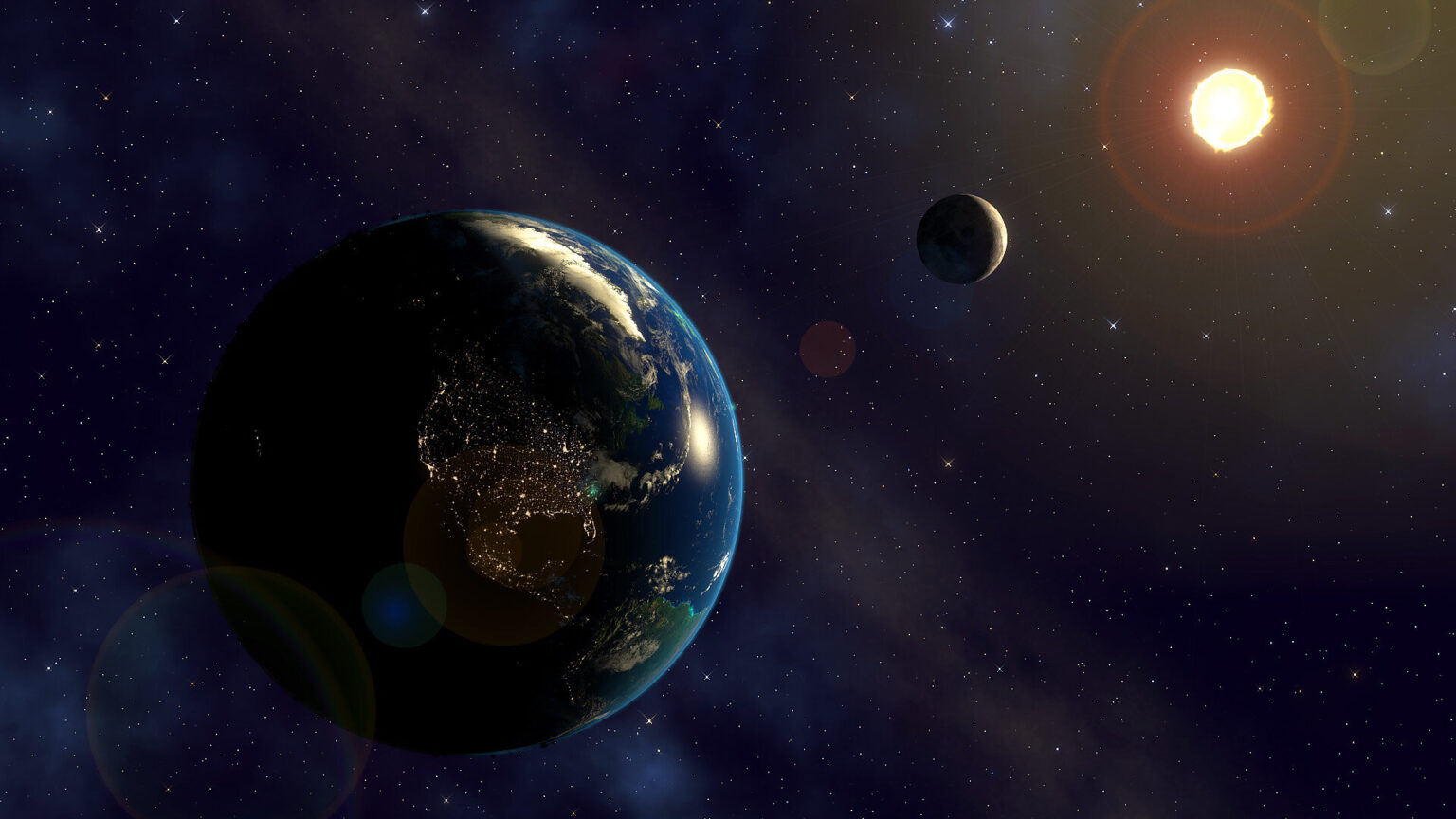Scientists suggested that in the period from 2200 to 600 million years ago, the deceleration of the Earth’s rotation stopped. Responsible for this was the Sun, which warmed the atmosphere of our planet and changed the conditions for the passage of sound waves in it.

How did the duration of the day on Earth change
The period of rotation of the Earth around its own axis is decreasing all the time. This fact has been established for a long time. 4.5 billion years ago, when the Moon was just formed, a day on our planet lasted only 10 hours. However, since then, the gravity of our moon has slowed down the rotation of the planet, and now we have the usual 24 hours.
The main mechanism of this process is associated with tides. The force of gravity of the Moon causes the appearance of a water hump on the side of the planet that is turned to our moon. These water mountains move synchronously with the rotation of the Earth, resulting in the friction of water on the shores and bottom. This is the one that slows down our planet.
A group of scientists from leading universities in different countries published a study in which they showed that if the Moon had slowed down the rotation of our planet as much as at the beginning of its existence, now the duration of the day would have been about 60 hours.
What prevents the Moon from slowing down the Earth
Now the duration of the day is growing quite slowly: by about 1.7 milliseconds per century. This is just under half an hour per 100 million years. However, during the first 2.3 billion years of history, the Moon could increase the duration of the Earth’s rotation from 10 to 20 hours due to the fact that it was much closer to it.
If this had continued, then now the day would have been much longer than we used to. But from 2200 to 600 million years ago, the duration of the day on our planet practically did not grow. Scientists see our own Sun as the reason for this. It affects the rotation of the planet in two ways. The first is the same hump of the atmosphere and hydrosphere as from the Moon, only it moves in the direction opposite to the tides caused by our moon.
This influence is not very strong because the Sun, although large, is much further from the Earth than the Moon. But here the second factor comes into play: the heating of the atmosphere of our planet by its radiation. It affects the speed at which sound waves propagate in it. Now, in order to circumnavigate the globe, they need 22.8 hours, which is close, but does not exactly coincide with the rotation period of our planet, but in the past, due to heating, this period could be only 10 hours.
Resonance in the atmosphere
By themselves, sound waves in the atmosphere, although they resist the deceleration of the Earth’s rotation, are usually too weak for their effect to be noticeable. But if the period of their propagation was equal to or was a multiple of the period of solar tides, then the phenomenon of resonance would arise. These two waves would overlap and increase dramatically.
According to scientists, this happened about 2200 million years ago. At this time, the sound waves needed 10.5 hours to circumnavigate the globe, and the period of its rotation, and therefore the repetition of solar tides, was 21 hours. As a result, there was a resonance that compensated for the effect of the lunar tides.
For a long 1600 million years, the duration of the day on Earth did not increase, but then atmospheric conditions again became out of sync and it began to increase. Scientists suggest that climate change can greatly affect this process.
According to phys.org.
Follow us on Twitter to get the most interesting space news in time
https://twitter.com/ust_magazine
